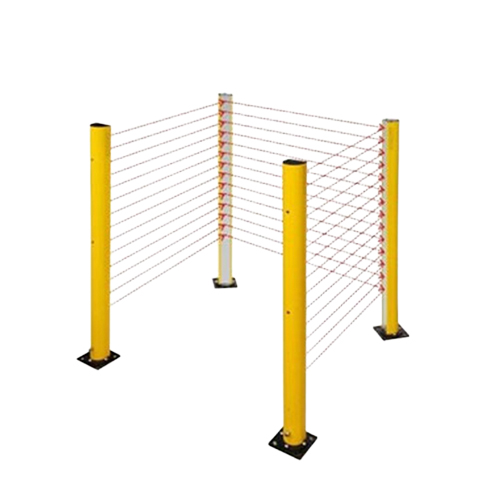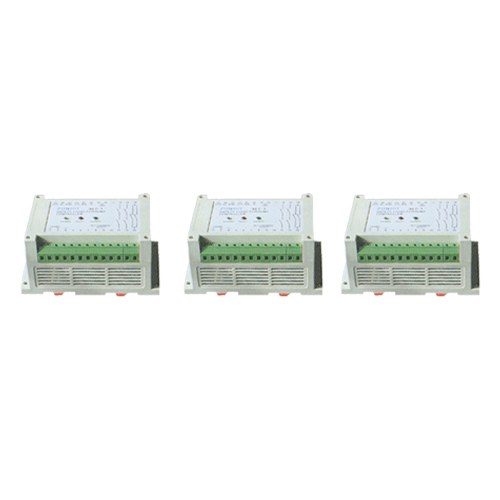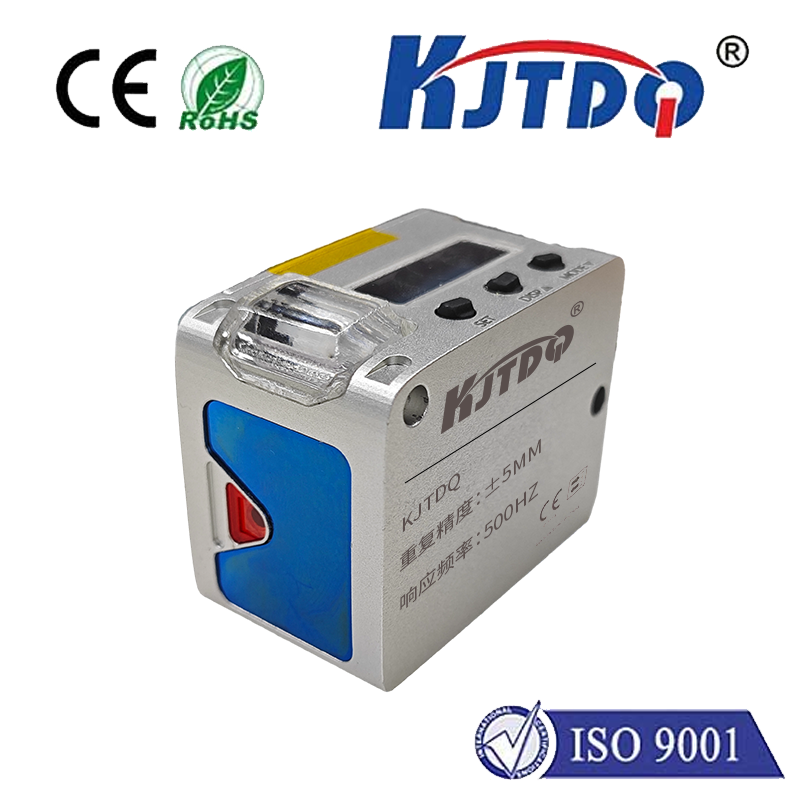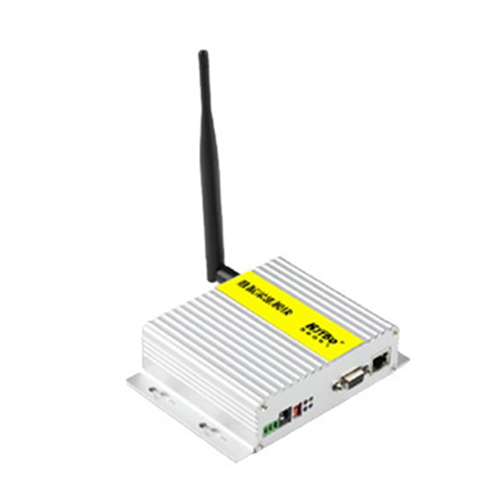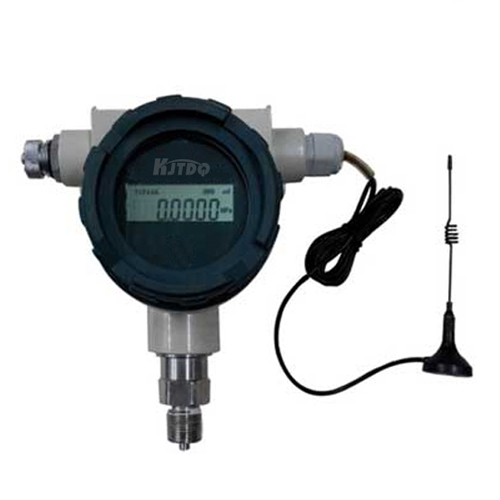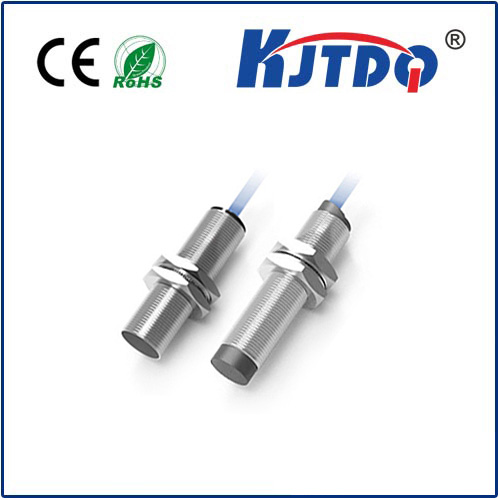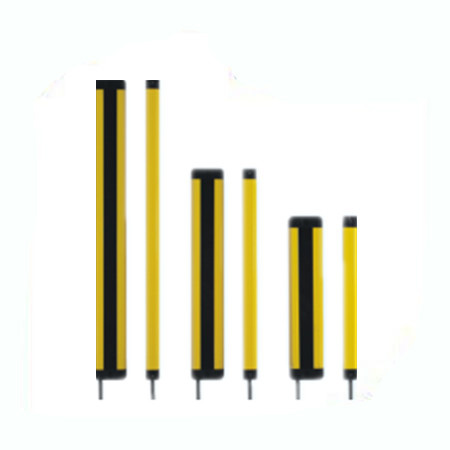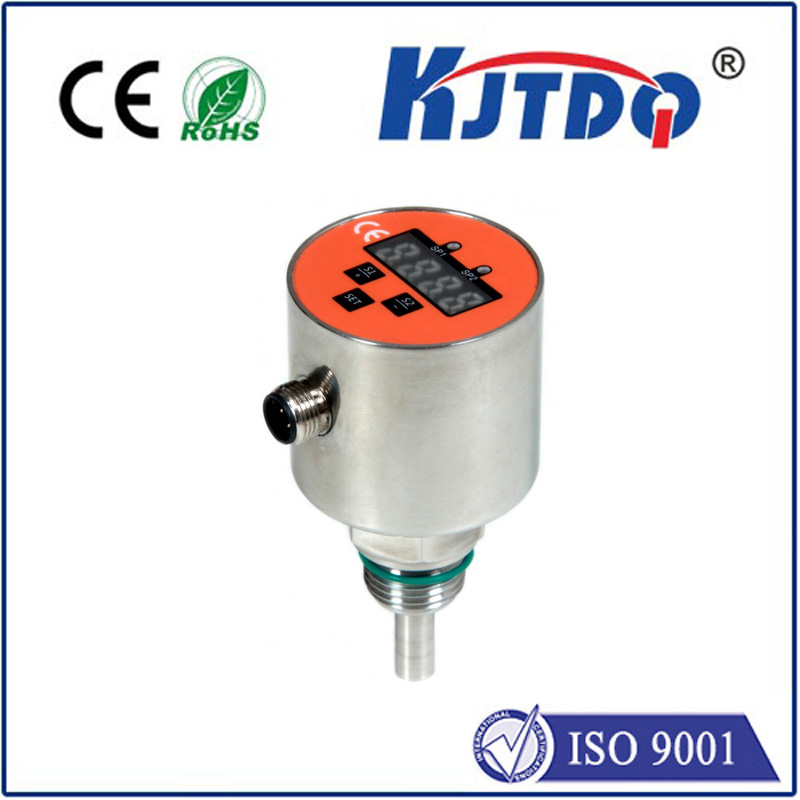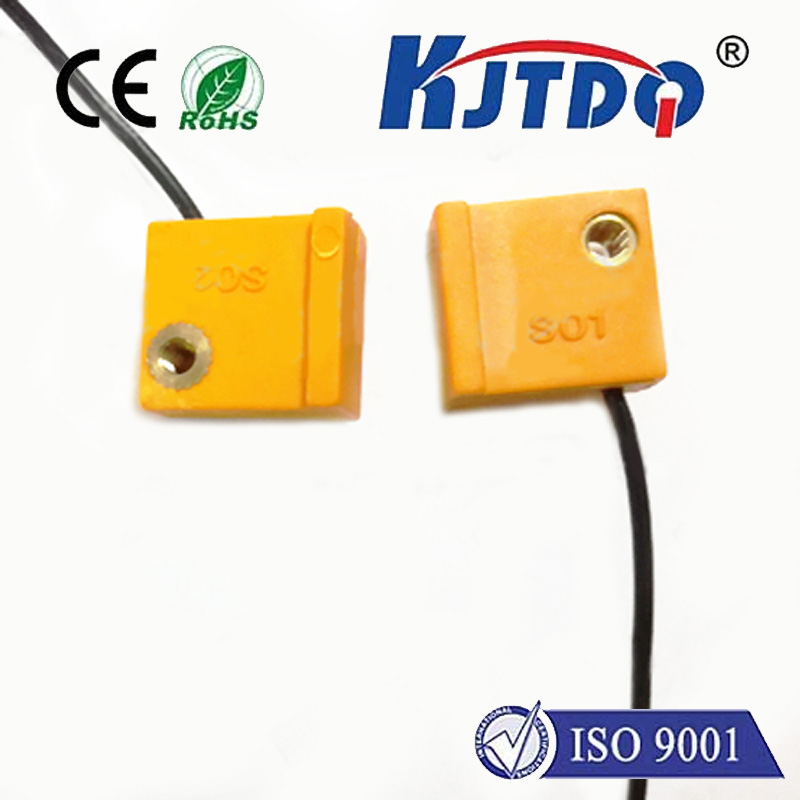Кабельный ограничитель
- time:2025-08-06 13:29:03
- Нажмите:0
Rope Limit Switches: The Unsung Guardians of Industrial Lifting Safety
Industrial environments, particularly those involving hoisting and material handling, operate under constant pressure – pressure to perform, pressure to meet deadlines, and the inherent pressure exerted by heavy loads suspended high above workers and valuable assets. The margin for error is often razor-thin. Enter the Кабельный ограничитель, a seemingly simple yet profoundly critical safety mechanism designed to be the unwavering sentinel against catastrophic overtravel. Understanding its function is not just technical knowledge; it’s a fundamental pillar of operational safety.
Imagine a crane operator lifting a multi-ton load towards the peak of its jib. At maximum height, the potential for disaster looms – structural strain, snapped cables, or uncontrolled load descent. This is precisely where the Кабельный ограничитель performs its vital duty. Far more than just a switch, it’s a safety system engineered to reliably halt machinery movement before it reaches a hazardous or structurally unsound position. Its core mission is unequivocal: prevent overtravel, protect personnel, safeguard equipment, and avert expensive downtime or devastating accidents.
Beyond the Basics: Anatomy and Function
At its heart, a rope limit switch system relies on mechanical actuation. It typically consists of several key components working in concert:
- The Actuating Rope/Cable: This is the literal “trigger line.” Often a robust wire rope or flexible cable, it is strategically routed along the path of the moving equipment (like a crane trolley or hoist hook block). Its endpoints are anchored at the critical travel limits – the extreme upper and lower positions where travel must stop. The length of the rope precisely defines the safe operating envelope.
- The Switch Mechanism: This is the brains of the operation. Mounted securely, it incorporates precision-engineered limit switches (often robust, industrial-grade microswitches or heavy-duty switches). These switches are designed for high reliability and longevity, essential in demanding industrial settings.
- The Take-up Device: Critical for maintaining constant tension on the actuating rope, regardless of its extension. A spring-loaded take-up reel or pulley system ensures the rope remains taut. Consistent tension is non-negotiable for accurate and reliable triggering of the switch.
How the Safety Dance Unfolds:

- As the crane trolley (or hoist hook) approaches its pre-defined upper or lower travel limit, it physically contacts the actuating rope.
- The moving equipment pulls on the rope.
- The tensioned rope transmits this pull force directly to the switch mechanism.
- The mechanism activates the internal limit switch(es).
- This switch action immediately sends an electrical signal to the crane or hoist’s control system. Crucially, this signal demands an instantaneous halt to further movement in the offending direction. Modern systems often employ a dual-channel or fail-safe design, ensuring safety even if one component fails.
Where Rope Limit Switches Reign Supreme
The unique advantages of rope limit switches make them indispensable in specific scenarios:
- Long Travel Paths: Unlike rigid lever-arm switches, rope systems excel where long limit distances are required, such as on large overhead bridge cranes spanning vast factory floors or gantry cranes in shipyards.
- Complex Routing: The flexible rope can be routed around corners, over pulleys, and through complex equipment geometries where rigid actuators would be impractical or impossible to install.
- High Reliability Needs: Their robust, mechanically simple design offers dependable performance in harsh environments – dust, moderate moisture, vibration – where complex electronic sensors might falter. This simplicity directly translates to easier maintenance and troubleshooting.
- Cost-Effectiveness: For applications demanding long reach or complex paths, a well-designed rope switch system often presents a more economical solution compared to installing multiple fixed-position switches or extensive sensing arrays.
More Than Just Cranes: Key Applications
While synonymous with crane safety, rope limit switches are vital across numerous sectors:
- Overhead Bridge Cranes & Gantry Cranes: Protecting against jib overtravel, trolley end-of-rail, and hook block upper/lower limits.
- Construction Elevators and Material Hoists: Ensuring the platform stops safely at the top and bottom landings.
- Large Industrial Doors and Shutters: Preventing doors from overextending or crashing down.
- Automated Guided Vehicles (AGVs): Defining travel boundaries in large facilities.
- Mining Operations: Safeguarding conveyors and lifting equipment deep underground.
In each of these settings, the rope limit switch acts as the essential mechanical safeguard, the last line of defense when primary controls might be exceeded or fail.
Essential Considerations for Selection & Deployment
Choosing and installing the right rope limit switch system is paramount for its effectiveness:
- Environment: Select components (rope type, switch housing, IP rating) suited to the specific operating conditions – extreme temperatures, moisture, dust, chemicals, or explosive atmospheres (requiring ATEX/IECEx certification).
- Tension is Key: Ensure the take-up system provides consistent, adequate tension throughout the entire travel range. Slack ropes lead to unreliable operation and potential switch damage.
- Robust Mounting: All components – anchors, pulleys, switch housing, and take-up units – must be securely mounted to withstand the forces involved and constant operational vibration.
- Positive Actuation: The switch mechanism must be designed so that the rope reliably actuates it before the machinery reaches its absolute physical limit, allowing a safety buffer.
- Redundancy & Safety Integrity: For critical applications, redundant switches (two switches in series or parallel, depending on the safety circuit design) or certified safety switches offering higher reliability (PLd/PL e per ISO 13849 or SIL 2/SIL 3 per IEC 61508) are strongly recommended. The goal is fail-safe operation.
- Regular Inspection & Maintenance: Like all safety-critical components, rope switches require scheduled inspections. Check for rope wear, fraying, or corrosion; verify switch operation and tension; inspect mounts and pulleys for security and alignment. Preventative maintenance saves lives and prevents costly failures.
The Enduring Relevance of a Mechanical Guardian
In an age increasingly dominated by sophisticated electronics and sensors, the rope limit switch stands as a testament to the enduring power and reliability of mechanical safety principles. Its simplicity, resilience in harsh conditions, adaptability to long distances and complex layouts, and proven track record make it far more than just an “old-fashioned” device. It remains a fundamental, highly effective, and often indispensable component in the safety architecture of countless industrial lifting and handling operations. It is the silent, vigilant rope pulling the emergency brake, ensuring that the incredible power of modern machinery operates firmly within the boundaries of safety.

